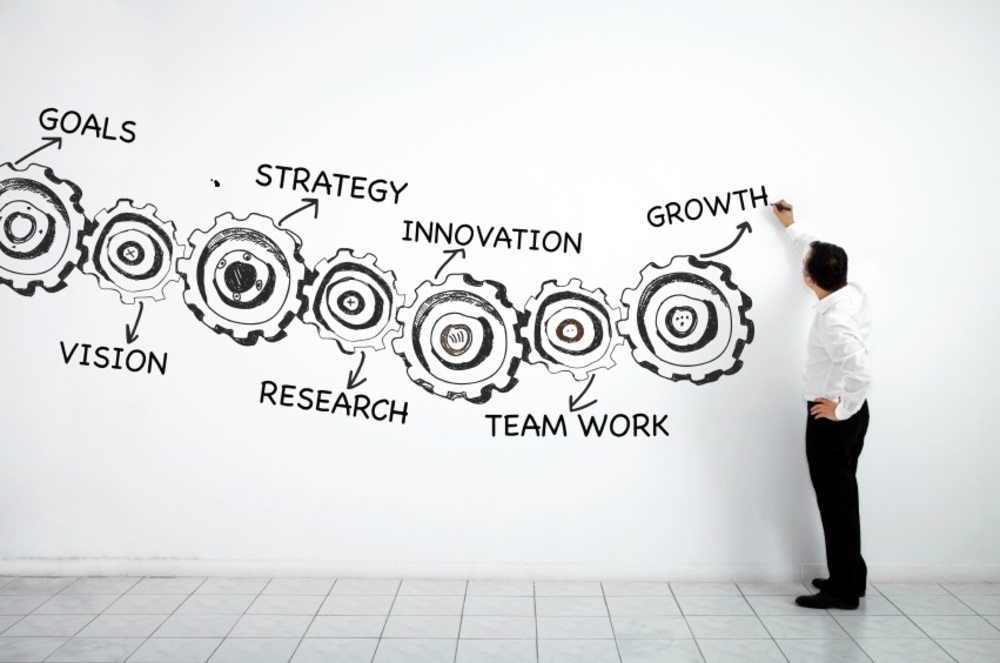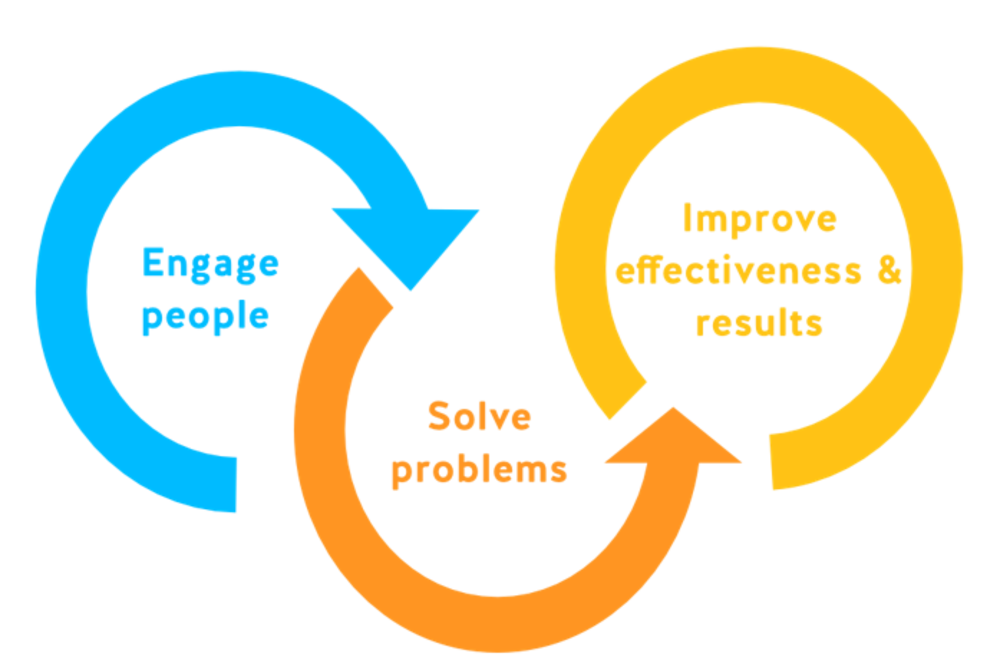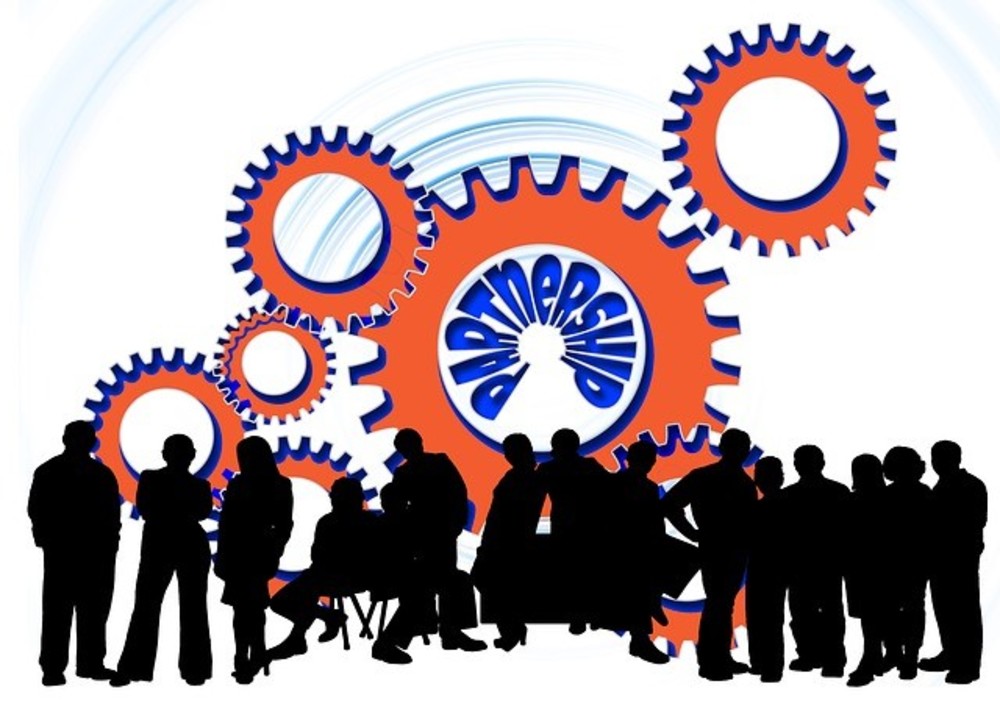This article is part of a blog series on Digital Twins, exploring what Digital Twin means and what it can do for the construction industry.
The construction industry will benefit a lot from the use of digital twin technology in the future. Some challenges to the adoption of that technology have to be overcome first.
Implementing the systems to create and manage digital twins is very expensive and unattractive for companies running on a shoestring budget. Implementing digital twins software and the various technologies required for construction projects can be daunting.

Using digital twins in new projects is very complex and to be beneficial, it requires:
To overcome the challenges of implementing digital twins in construction requires investment both in human resources and capital. But it is very worthwhile and will bring you a very high Return on Investment ROI.
Digital Twins are already used extensively in other industries like manufacturing, production, and operations management. Its concept’s adoption is still very slow in construction projects.
The concept is a mix of technical and managerial processes coupling real and virtual environments to:
In project management, using a digital twin to manage information is challenging.
You have to:
To be successful you need to:
Construction project management uses digital twins to solve specific difficult issues such as:
To simulate reality and predict technical and economic risks is complex and having the right digital twin model in place should simplify the process since you are able to:
It is demanding to define and integrate well-used methodologies with emerging and future approaches. This requires that you search various digital technologies that are adequate for:
You are able to optimize interventions by using digital twin data that reflects the technical reality of the building and management processes to:
It may be possible that changes have to be made to the digital system without changing the real building and vice versa. If the digital twin model is not operated by specialists you need to set boundaries and protections to avoid issues and mitigate risks that may occur.
Interaction between digital and physical twins is critical to feed the model with reliable data from the IoT sensors when digitalizing operations to monitor the work status and progress of automated processes.
A digital twin’s results are, impressive and cost-efficient, but it requires updating your existing systems, automatically auditing the work in progress, and comparing it to the plans. You will need to identify problems and find solutions, and solve issues in a timely manner.
Complex technologies, such as artificial intelligence, deep learning, and data mining have the ability to perform contextual analyses. Digital twins can fully manage the activities and stages of the construction, to implement self-ruling solutions, by setting up performance measurements essential for the building to function properly.
The use of BIM and digital twin methods created with the use of as-built data culminates in a real twin connected to the internet of things (IoT). You will be able to monitor work progress by:
Very often, design models are not changed by contractors via change orders, and real-time data are not implemented, so a digital twin can’t work as intended. Correlating the design model with as-built structures will help identify discrepancies.
Tools to be used are a 3D laser scanner and point cloud data. Information collected that way would make future decisions easier and advise on what adjustments are required.

The benefits of digital twins are various and will depend on the stage of construction and where it is used.
A digital twin's benefits include increased reliability and availability. For example, if you use digital twin:
Monitoring and simulating performance improvements can mitigate risks of:
Digital twins are the best tools to:

Integrating technologies into your construction processes like artificial intelligence, machine learning, and software analytics with data, and digital twins will help you to:
By mirroring physical construction, frameworks, and operations, digital twins:
Digital twins are key to the development of Industry 4.0. allowing the construction industry to:

Digital twins are used in a wide variety of construction projects for a range of applications and purposes.
Here are some examples:
Digital twins can make manufacturing more productive, streamline the processes, and reduce time.
Gathering and analyzing operational data from a construction project allow you to assess its status in real-time and inform you of repairs or required improvements.
In the retail sector, modeling the building usage will allow you to improve the customer experience, whether at the level of a shopping center or for individual stores.
The medical sector has benefitted from the digital twin, modeling the flow of people through hospitals, and tracking where infections may exist and who may be in danger through contact.
Reducing the effect of gas emissions will alleviate the global climate change issues. Digital twins improve the creation of smart buildings to reduce the urgency of response plans to the climate change issue.
Digital twins help cities become more economically, environmentally, and socially sustainable. Virtual models can guide planning decisions and offer solutions to the many complex challenges faced by modern cities. For example, real-time responses to problems can be informed by real-time information from digital twins to allow assets such as hospitals to react to a crisis.

Besides all of the benefits, digital twins are not always suitable as they can increase complexity. You should determine if your business problems need a digital twin or can be solved without the associated investment in time and cost.
Digital twins are emerging as an essential tool in construction and the built environment:
Driving Vision can help you to decide if you need to invest in technology. Our technology diagnostic looks at the best way to incorporate new technology into your workflows and how to move your organization to cloud computing so you can open up new possibilities for your daily planning tasks and make sure your data never leaves the optimally secured data center.
The technology appraisal report will help you to explore what investment is required to improve your projects’ productivity and collaboration as well as the ROI you can expect.
A Driving Vision expert will conduct the interviews online and will issue a report and discuss our findings with you. Together we will decide the best way to implement the solutions at your pace and according to your budget.
Implementing BIM can be daunting, but Driving Vision is here to help you at the pace you are comfortable with. Get started by getting in touch now
We simplify the difficult and automate the mundane for an affordable fee
We become your BIM coordinator & Tech support for an affordable fee
We give you access to our CAD licenses for an affordable fee
We introduce you to our cloud technology and proprietary immersive technology for an affordable fee
